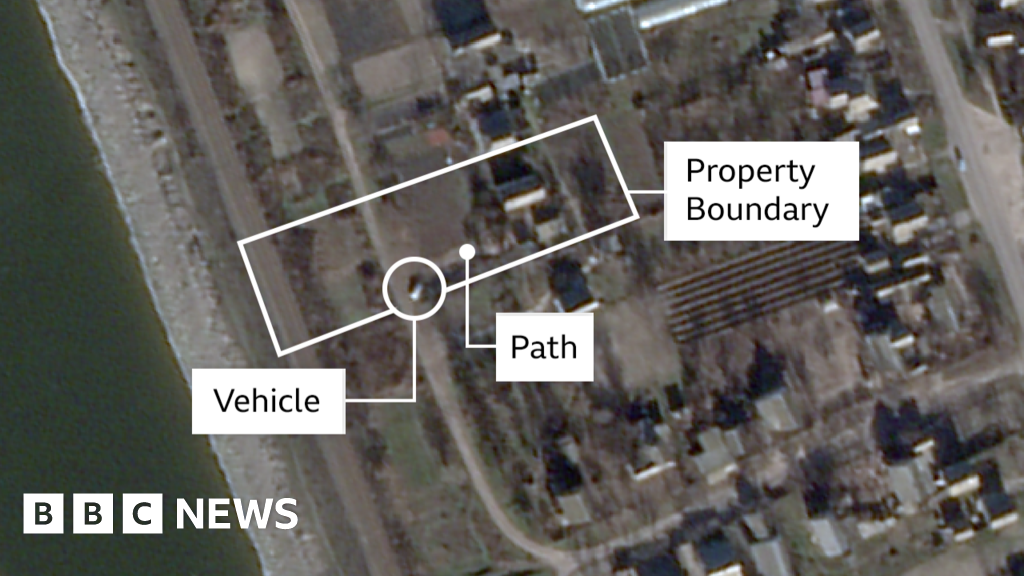A renowned beauty, famous courtesan, and lover of British naval hero Lord Horatio Nelson, Lady Emma Hamilton was one of the biggest celebrities of her day.
Now, more than 200 years after she died in debt and destitution at the age of 49, scientists believe they have rediscovered Lady Hamilton's lost remains.
Bones, uncovered in an 'English section' of the Calais North Cemetery following a decade-long search, have been tentatively identified as belonging to Emma Hamilton.
A digital reconstruction based on the recovered skull offers the first true glimpse of the face that captivated Lord Nelson and so many of London's wealthy elites.
The identification was made by Dr Philippe Charlier, a forensic anthropology expert who has studied the remains of Richard the Lionheart and King Louis IX of France.
Dr Charlier and his assistants were asked to make a reconstruction based on the skull after being told only that it belonged to a white European woman in her 40s.
The result is an image of a pretty woman with high cheekbones, a strong chin, and a 'slightly protruding jaw'.
Although the experts cannot be certain that this really is Lady Hamilton, a digital reconstruction based on the skull bears a striking resemblance to her many portraits.
Scientists have created a digital reconstruction of Lady Emma Hamilton, the lover of Admiral Horatio Nelson, based on newly uncovered remains
Lady Hamilton, born Amy Lyon, was the daughter of a Cheshire blacksmith who rose to the highest reaches of society thanks to her good looks and quick wit.
At the age of 16, she was taken as a mistress by the wealthy aristocrat Sir Harry Fetherstonhaugh, the MP for Portsmouth.
When Sir Harry eventually grew bored with the young Lady Hamilton, then 26, he sent her to his widowed uncle, Sir William Hamilton, 60, the British envoy to Naples, whom she would soon marry.
However, in 1793, while Sir Hamilton was still stationed in Naples, the newlyweds were introduced to a young and recently-married naval captain named Horatio Nelson.
Nelson was instantly smitten with Lady Hamilton and the two began an affair in 1799, which would last the rest of Nelson's life.
The relationship was scandalously open, with Lady Hamilton giving birth to Nelson's daughter, Horatia, in 1801, and Nelson often living with both Lady Hamilton and her husband.
However, after the deaths of both her husband in 1803 and Nelson in 1805, Lady Hamilton was left without any source of income and soon became destitute.
After her release from debtor's prison, Lady Hamilton fled to Calais, where she reportedly became an alcoholic and died in 1815.
Lady Hamilton, pictured here in 1782, was born the daughter of a Cheshire blacksmith, but rapidly rose through the ranks of English society, eventually having a daughter with Lord Nelson. However, after Nelson's death, Lady Hamilton quickly became destitute
Her remains were initially buried in the churchyard of St Pierre's in Calais, but her body was moved and lost at some point during the 20th century.
However, after enlisting the help of municipal gravediggers, Calais town councillor Dominique Darré finally found a skull and skeleton that matched Lady Hamilton in another graveyard.
Dr Charlier has examined the remains and believes that there is a very strong chance that the bones truly do belong to Lady Hamilton.
Using radiocarbon dating, Dr Charlier found that the remains belonged to a woman aged between 45 and 55 who died in about 1815.
The researchers also found forensic evidence that matches the scant facts we have about Lady Hamilton's death.
Dr Charlier told The Guardian: 'Traces on the mouth and teeth suggest alcohol abuse, though the rest of the body appears to have been in a healthy state.
'There were no traces of conditions and diseases like rickets, common in the general population at the time.'
The condition of the bones has made DNA identification impossible at this time, but a digital reconstruction of the skull is a near-perfect match for Lady Hamilton's likeness.
Lady Hamilton met the young Horatio Nelson in 1791, shortly after Nelson married his wife, Frances Nelson. In 1801, Lady Hamilton gave birth to Nelson's daughter, Horatia
The painter George Romney saw Lady Hamilton as his muse and had her sit for portraits over 100 times between April 1782 and March 1786 alone.
Although the researchers avoid referencing the dozens of portraits which capture Lady Hamilton's likeness, they were struck by the likeness to their reconstruction.
The remains, which were exhumed in 2021, have now been moved to a new tomb at the Calais Notre Dame church, where Lady Hamilton's funeral was believed to have been held.
Mr Darré, who has led the search for Lady Hamilton for over a decade, says: 'We have done this as memorial and homage to a woman who was forgotten but who is part of the history of Calais and part of our common history.'
HMS Victory: Lord Nelson's flagship during Britain's victory over the French at the Battle Of Trafalgar
HMS Victory first floated out from the Old Single Dock in Chatham's Royal Dockyard on May 7 1765.
During 206 years in service she would gain recognition for leading fleets in the American War of Independence, the French Revolutionary War and the Napoleonic War.
HMS Victory in its dry dock in Portsmouth, where it is viewed by thousands of visitors each year
HMS Victory is renowned for being the flagship of Vice-Admiral Horatio Nelson, Britain's most celebrated naval leader, fighting in the defeat of the French and the Spanish at the Battle of Trafalgar in 1805.
However, her service was not to end here - in 1808 she was recommissioned to lead the fleet in the Baltic, but four years later she was relegated to harbour service - serving as a residence, flagship and tender providing accommodation.
In 1922 she was saved for the nation and placed permanently into dry dock where she remains today, visited by 25 million visitors as a museum of the sailing navy and the oldest commissioned warship in the world.
Source: Royal Navy National Museum
 (1).png)
 2 weeks ago
8
2 weeks ago
8

















